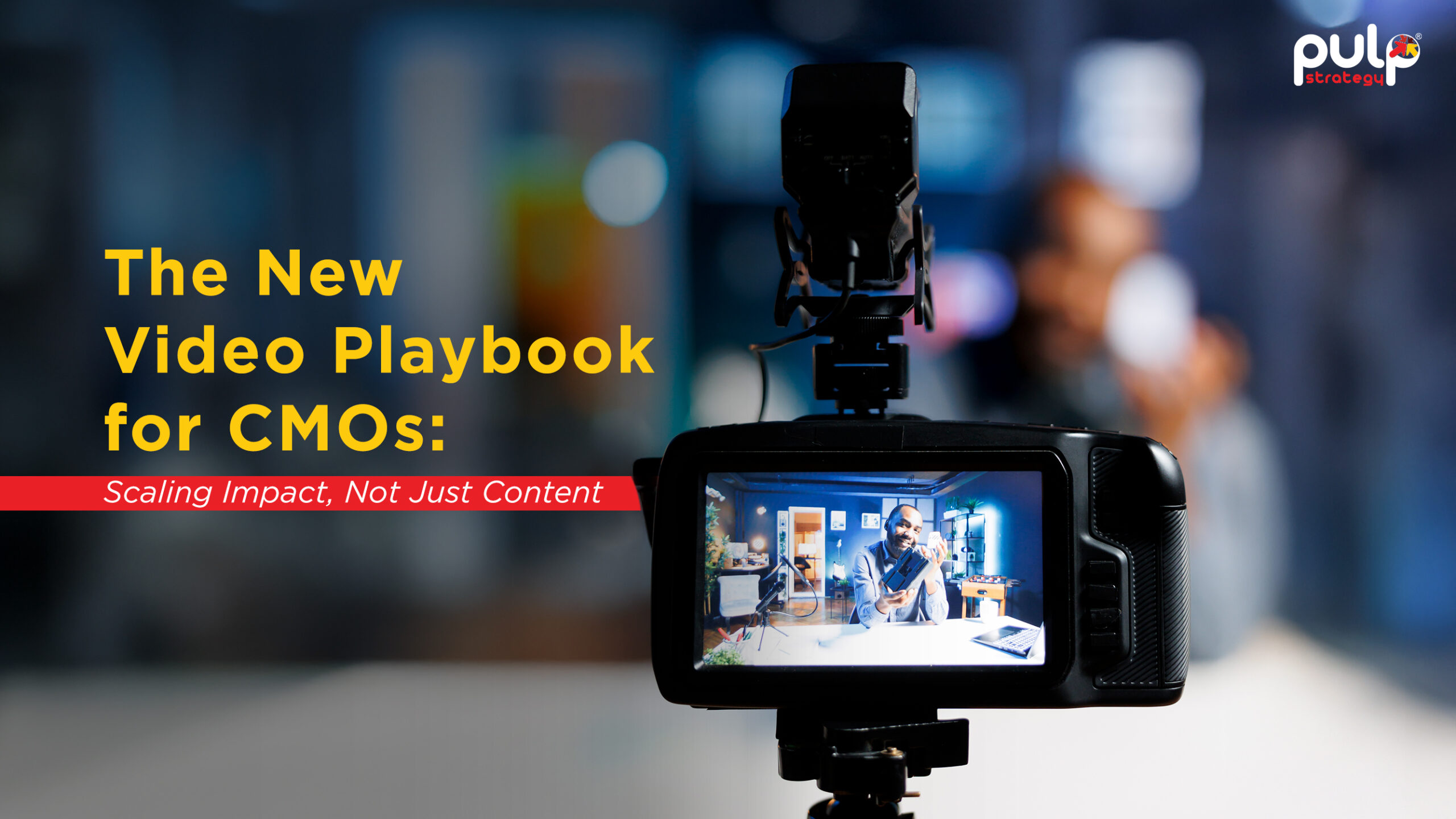India’s rapid growth fuelled by growing economic liberalization is creating a new generation of consumers who will become significantly crucial for marketers in the coming years. By 2020, their population in India will cross the 410 million mark and they will be spending $330 billion on goods and services annually by then.
This new generation constitutes college-going students in the age group of 18-25 years, who are entirely different from previous generations in terms of buying behaviour. With the advent of peer-to-peer marketing, gone are the days when traditional media was on its peak and influenced purchasing decisions majorly. Better educated and more tech-savvy, they are now research-oriented and believe in earned media (word of mouth) and recommendations of their peers.
Philips India’s ‘The Big Leap’ campaign to promote its Male Grooming & Styling Appliances is an excellent example of peer-to-peer marketing. The campaign was devised keeping in mind the fact that India is the world’s largest youth economy with half of the population below 25 years, and its economy growing at an exponential rate with 89% consumers adopting to trimming as the most convenient way to get started with facial styles.
The objective was to create a platform to help Philips India introduce the product in the early adaptor segment and build a long-term brand association. The program was powered by student innovation and started its very own style revolution.
With so much valuable information at their disposal, these youngsters seek out comprehensive information on brands before making purchase decisions. Information coming from their peers who have real experiences and relevant feedback is especially sought out. According to a survey, 92% of them trust earned media (word of mouth) and recommendations above anything else.
And here’s where campus marketing plays a vital role because it is all about marketing by students (or peers) for the students. A broader definition for this would be the promotion of products, brands and ideas to the student population.
Now that we understand campus marketing, the next question we need to answer is what marketing goals campus marketing can drive? Listed below are a few reasons why brands prefer to invest in campus marketing activities:
- Improves sustained brand engagement
- Enhances product preference
- Allows for product trial drives
- Inspires consumer-generated content
- Increases peer-driven advocacy
- Boosts preference as an employer for the organization
A recent campaign by Google, which saw the building of an online community on campus via brand evangelists recruited in various campuses is an apt example for campus marketing. It ensured that students came together, conducted micro engagements, and what they thought worked best for them in their campus. ROI increased multifold, as the audience engaged and infused with the excitement transitioning from online to the campus ground.
How should a campus marketing program work?
Most successful campus marketing programs evolve and take into consideration many things. Listed below are a few factors you should keep in mind while designing a campus marketing program.
- Recruit carefully – identify ambassadors who are best placed in campus socially and culturally
- Motivation is the key – keep your ambassadors’ interest alive while they balance their student workload carefully
- Enrich and empower – equip and support them, monitor their growth and help them wherever they need the brands’ input
- Personally connect and support – building a good rapport with your campus ambassador is essential. This is because they are the voice of your brand and staying connected with them will take your brand ahead.
Campus marketing programs are about peer recommendations, which break the clutter in the information overload of current times. Overall your campus marketing program should be designed in such a way that it builds a brand experience, which is consistent, productive and long term.
An outstanding example of this could be the recently concluded Prime Campus Ambassador program. The program built conversations around Amazon Prime and its many benefits. While the student drove in campus engagement while learning on the go via the live marketing program.
When should you plan your campus marketing program?
Most campus ambassador programs are run between the months of July to December. The reasons behind this include:
- New students join the campus. They are motivated to make themselves known in the student community, and such programs allow them to do so
- For existing students who are brand ambassadors, they have a wider audience they can reach to
- Post-December students are more focused on their annual examinations, which makes their schedule hectic.
As a brand what should you prepare for?
Students participating in the campus ambassador program have high expectations from the brand. Therefore, as a brand, you should prepare to:
- Motivate them to participate in the program
- Inspire them to perform to the best of their capability
- Mentor them as for most of them it is a stepping stone into their careers
Campus ambassador programs are the perfect way of marketing if you want to build a loyal consumer base in the coming years. Moreover, with India's youth market going up in the coming years, now is the time to invest in campus marketing.







